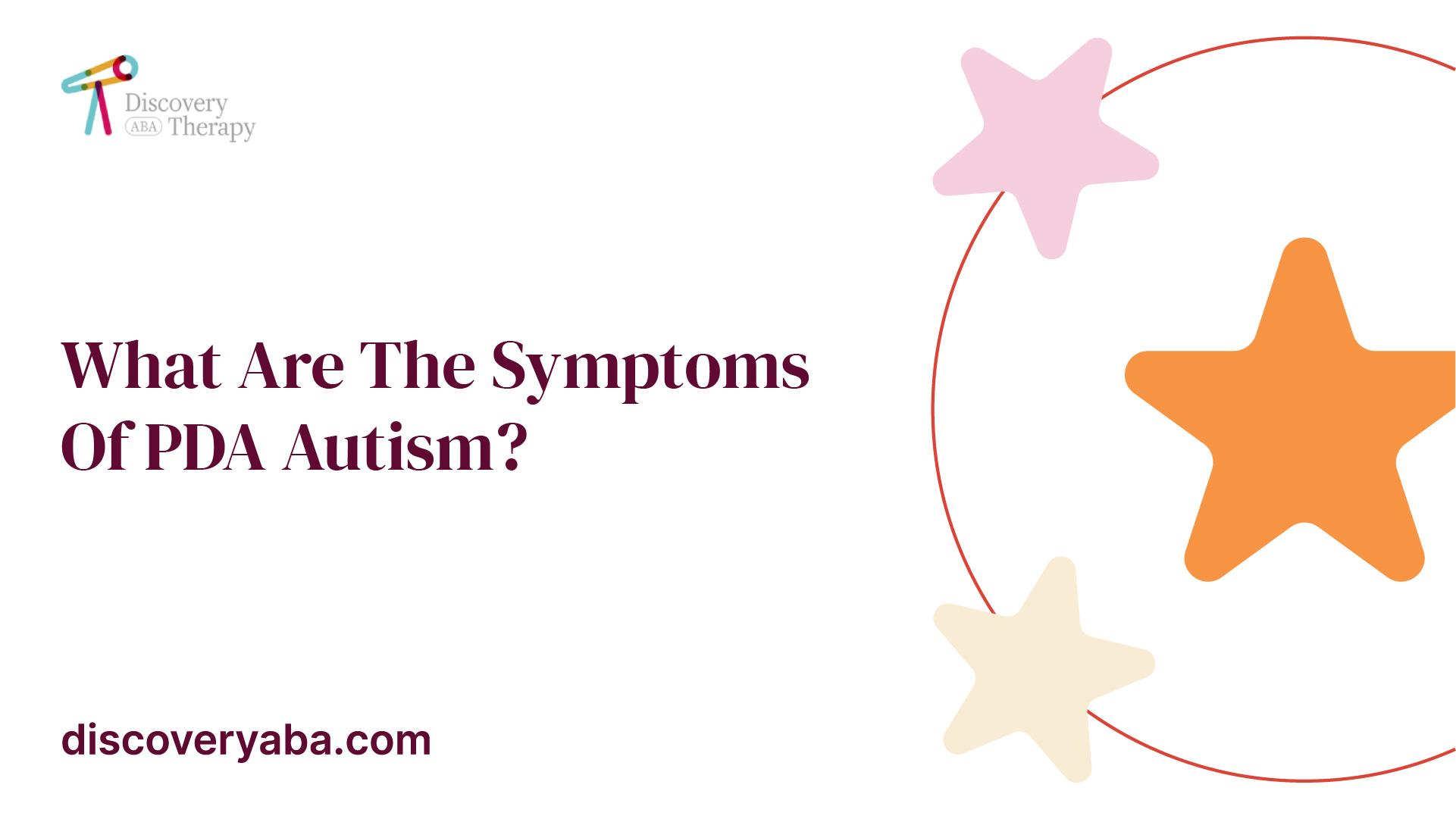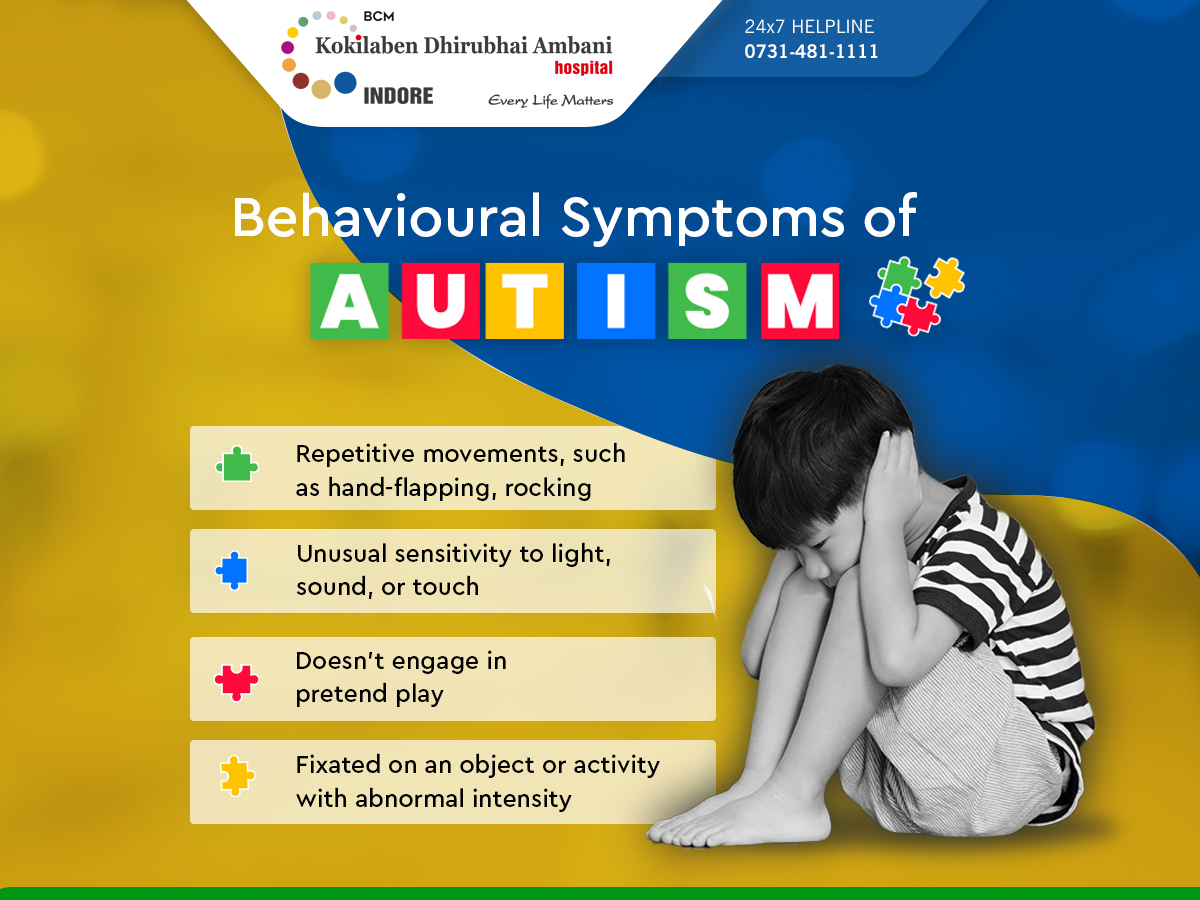Are daily disruptions a sign to talk to an local Aba Therapist?
Are daily disruptions a sign to talk to an local Aba Therapist?
Blog Article
Understanding the Influence of Behavioral Autism on Life and Social Interactions
You could not recognize exactly how deeply behavior autism impacts daily life and social communications. Individuals on the spectrum often browse a world filled up with communication difficulties and sensory overload. These obstacles can lead to irritation and isolation, impacting their relationships and general well-being.
Specifying Behavioral Autism and Its Features
Behavioral autism, frequently described as autism spectrum condition (ASD), includes a variety of problems characterized by obstacles in social interaction, interaction, and repeated actions. You may discover that individuals with ASD commonly battle to translate social cues, which can bring about misunderstandings in conversations. They might find it tough to establish eye get in touch with or take part in tiny talk, making social situations really feel overwhelming.
Communication difficulties can materialize in various ways, from delayed speech advancement to a choice for using fewer words. By acknowledging these attributes, you can foster an atmosphere that promotes acceptance and encourages efficient communication, helping individuals with autism flourish in their daily interactions.
The Spectrum of Autism: Understanding Variability in Behavior
Autism spectrum condition (ASD) isn't a one-size-fits-all medical diagnosis; it varies widely amongst people. You may encounter people that are highly spoken and engage easily in discussions, while others could favor solitary activities or interact non-verbally.
In addition, the way individuals with ASD react to sensory input can differ significantly; some might be bewildered by loud noises or bright lights, whereas others thrive in stimulating environments. The spectrum also consists of differences in social communications; some people might have a hard time to analyze social signs, while others browse social settings with relative convenience. Recognizing this irregularity is crucial, as it helps you value each person's unique experience and tailor assistance to their certain requirements, fostering an extra inclusive atmosphere for everyone.
Interaction Challenges Dealt With by People With Autism
When you engage with people on the autism range, you may see their unique interaction obstacles. They usually encounter problems with both verbal and nonverbal hints, which can affect their social communications. Comprehending these obstacles is vital for fostering better links and assistance.

Verbal Interaction Difficulties
Several people on the autism spectrum experience verbal communication troubles that can substantially impact their day-to-day interactions. You could locate it testing to share your ideas, feelings, or requires plainly. This can cause stress for both you and those around you, as misunderstandings take place. You might fight with starting conversations, preserving a subject, or understanding nuances in speech. Commonly, you might choose utilizing simple language or repetitive phrases, which can limit your capability to participate in much deeper conversations. Your tone, rate, or quantity might not line up with social assumptions, triggering others to misunderstand your objectives. Recognizing these obstacles can help you and your assistance network develop methods to improve interaction and foster far better links with others in your day-to-day life.
Nonverbal Interaction Barriers
Spoken communication isn't the only challenge people on the autism spectrum face; nonverbal interaction obstacles can be simply as considerable. You might discover it difficult to analyze body movement, faces, and eye contact, which are essential for efficient communication. These obstacles can result in misunderstandings or misconceptions of social cues, making communications feel confusing or frustrating. You may battle to reveal your very own emotions via nonverbal means, leaving others unclear of your objectives or sensations. This detach can develop feelings of seclusion and frustration. Recognizing these obstacles is vital for fostering understanding and empathy in your communications. By attending to nonverbal communication, you can discover strategies to improve your social experiences and enhance your total lifestyle.
Social Interaction Influences
Social communications can typically really feel frustrating because of the special interaction challenges encountered by people with autism. You might have a hard time with translating social cues, making it difficult to comprehend sarcasm or body language. This can result in misunderstandings or awkward moments in discussions. Additionally, initiating and keeping discussions may really feel difficult, triggering stress and anxiety in social circumstances. You may choose organized atmospheres, making spontaneous interactions unpleasant. It's also usual to experience difficulty in participating in small talk, which can hinder forming brand-new friendships. Recognizing these obstacles can help you discover strategies to improve communication, such as exercising social abilities in safe setups or making use of aesthetic help - Aba Therapist Near Me. Recognizing your demands enables you to navigate social interactions with greater confidence and simplicity.
Social Interaction and Relationship Building in Autism
While structure connections can be testing for individuals with autism, recognizing their distinct point of views and interaction styles can foster purposeful links. You might observe that lots of people on the spectrum like straight interaction and may fight with social hints or small talk. By being simple in your communications, you can help produce a setting where they really feel comfortable.
Put in the time to pay attention and observe how they reveal themselves. This understanding can direct you in steering discussions better. Involving in shared interests can likewise work as a bridge to much deeper connections. Whether it's a leisure activity, a preferred show, or a mutual enthusiasm, these typical strings can open doors to relationship.
Day-to-day Live Routine: Browsing Obstacles and Techniques
Navigating daily life regimens can be specifically challenging for individuals with autism, specifically when unanticipated adjustments take place. To browse these challenges, think about applying aesthetic timetables or checklists.
Establishing a regimen that consists of sensory breaks can additionally be valuable. This assists develop an understanding atmosphere.
Last but not least, technique mindfulness techniques to take care of tension and stress and anxiety. Simple breathing exercises or basing strategies can make a substantial difference. By integrating these strategies, you can improve your day-to-day routine and minimize disturbances, making life feel a lot more convenient.
Staminas and Capacities of Individuals on the Autism Range
Recognizing everyday life regimens is simply one facet of the autism experience. Numerous people on the autism spectrum have remarkable staminas and abilities that set them apart.
Moreover, your memory abilities typically radiate, specifically in locations of interest. Autism Spectrum Therapies. This propensity for keeping information can make you a useful source in areas like technology, art, or science. You might likewise display strong visual reasoning, allowing you to envision complicated ideas Visit Your URL and solve problems artistically
Furthermore, your unique point of view on the world can cultivate empathy and understanding in others, improving social interactions. Accepting these toughness not just enhances your confidence but also helps others value the varied skills you give the table.
Creating Comprehensive Atmospheres for People With Autism
Creating comprehensive settings for people with autism begins with creating sensory-friendly spaces that deal with their special needs. You can additionally cultivate chances for social interaction, assisting to construct relationships and connections. By making these changes, you'll add to a much more inviting atmosphere for everybody.
Creating Sensory-Friendly Spaces
While developing sensory-friendly rooms, it's vital to assess the special demands of people with autism. Begin by selecting soothing shades and soft lighting to develop a relaxing atmosphere. When overwhelmed, integrate quiet zones where people can pull away and recharge. You'll wish to decrease loud noises and diversions, utilizing soundproof products or white sound devices to aid maintain serenity. Take into consideration responsive elements like soft materials or fidget-friendly things that can offer comfort. Identify that rooms are flexible, permitting easy reformation to fit different tasks. Ultimately, consist of aesthetic schedules or clear signage to help people navigate the room with confidence. By thoughtfully integrating these components, you can create an inviting atmosphere that you could look here sustains sensory demands and advertises overall well-being.
Promoting Social Communication Opportunities
Creating sensory-friendly rooms not only addresses private comfort yet likewise sets the stage for meaningful social communications amongst people with autism. To promote these interactions, create comprehensive settings that welcome involvement. Arrange organized activities, like art classes or team games, that urge cooperation without frustrating sensory input. Use aesthetic help and clear communication to aid everybody involve comfortably. Urge peer mentoring, combining individuals with autism with encouraging peers who can direct them via social circumstances. Furthermore, take into consideration organizing routine neighborhood events that commemorate neurodiversity, cultivating approval and understanding amongst all participants. By executing these approaches, you can enhance social possibilities, aiding individuals with autism construct relationships and strengthen their social skills in a safe, welcoming atmosphere.

Frequently Asked Concerns
Just How Can Friends Assistance Someone With Behavioral Autism?
You can support a pal with behavioral autism by holding your horses, listening proactively, and respecting their boundaries. Participate in activities they take pleasure in, connect openly, and produce a comfy setting where they really feel valued and understood.
What Resources Are Available for Parents of Kid With Autism?
You can explore various sources for parents of kids with autism, consisting of support teams, academic web sites, and neighborhood neighborhood solutions. Getting in touch with other moms and dads can also provide useful understandings and shared experiences to assist browse obstacles.
Can Behavioral Autism Change With Time?

Yes, behavioral autism can transform with time. You may observe changes in communication, social skills, and behavior as your youngster expands. Early intervention and assistance typically play crucial functions in these developmental changes.
Exactly How Do Sensory Sensitivities Impact Every Day Life?
Sensory level of sensitivities can make find here daily experiences frustrating. You could have problem with brilliant lights or loud noises, causing stress or evasion. Finding environments that accommodate your requirements can considerably improve your convenience and total life.
What Are Common Misconceptions About Behavioral Autism?
You might believe behavioral autism only impacts communication skills, yet it's even more complex. Several assume people lack compassion or intelligence, which isn't real. Comprehending these misunderstandings helps foster approval and assistance for those on the spectrum.
Behavior autism, often referred to as autism range problem (ASD), incorporates a range of problems characterized by challenges in social communication, interaction, and recurring habits.Social communications can commonly feel overwhelming due to the special communication difficulties faced by people with autism.Creating sensory-friendly rooms not only addresses private convenience yet likewise establishes the phase for significant social communications amongst individuals with autism. Encourage peer mentoring, pairing people with autism with helpful peers who can lead them via social situations. By carrying out these approaches, you can boost social chances, helping people with autism develop friendships and enhance their social abilities in a safe, welcoming environment.
Report this page